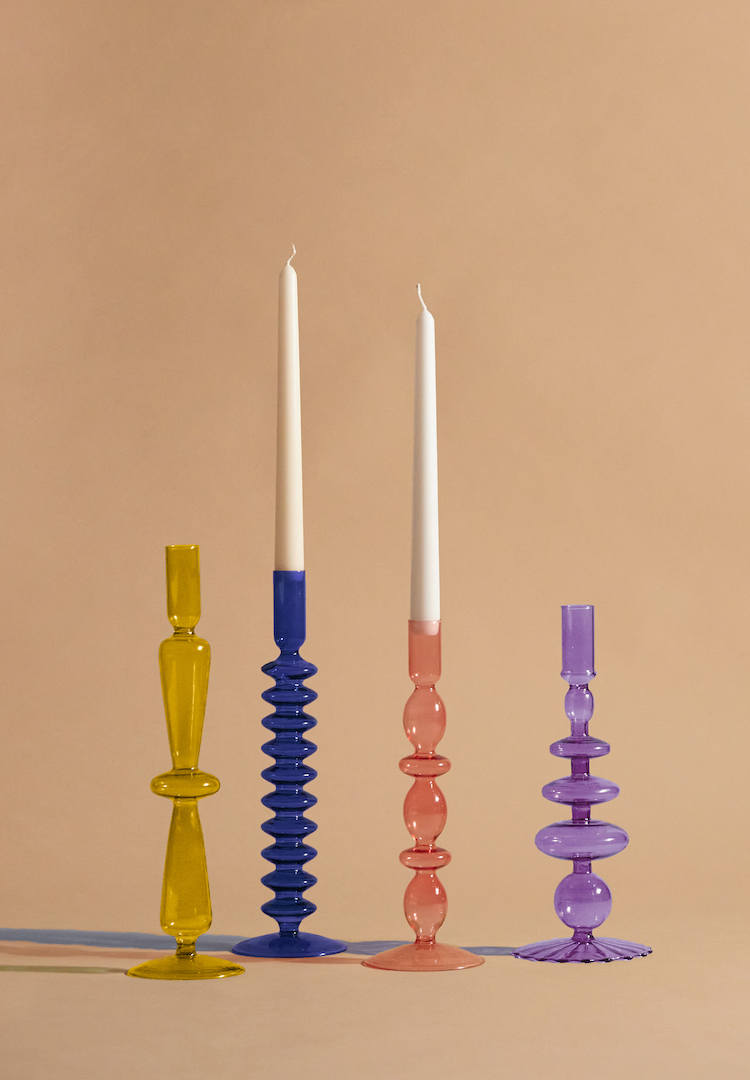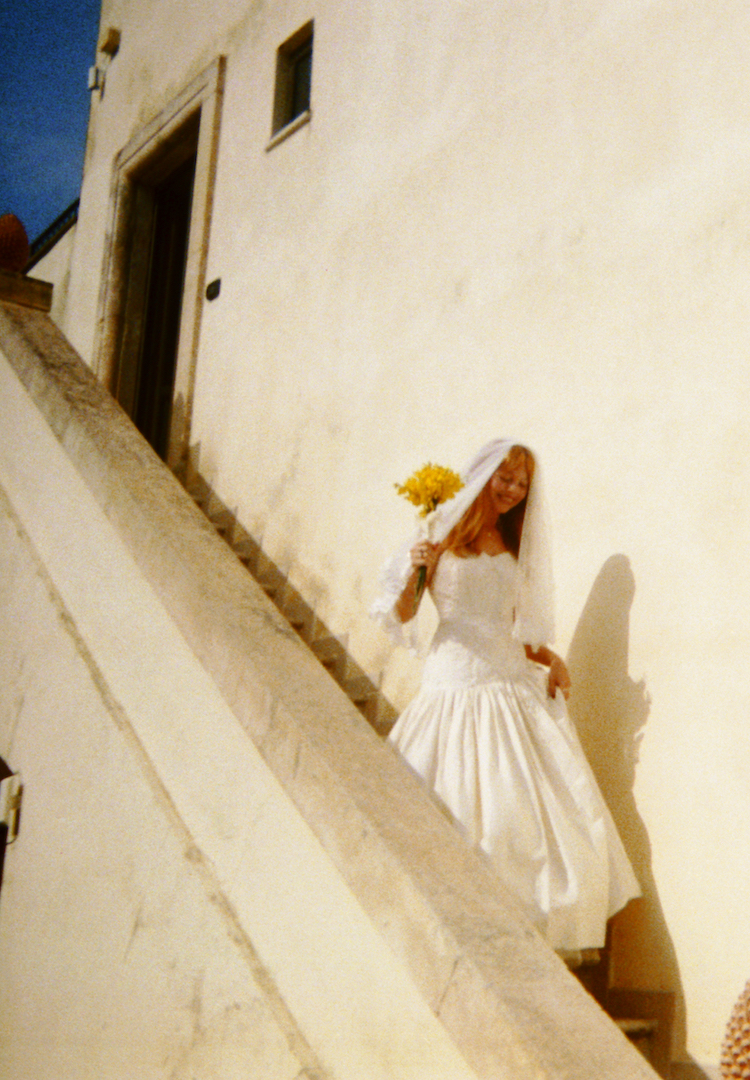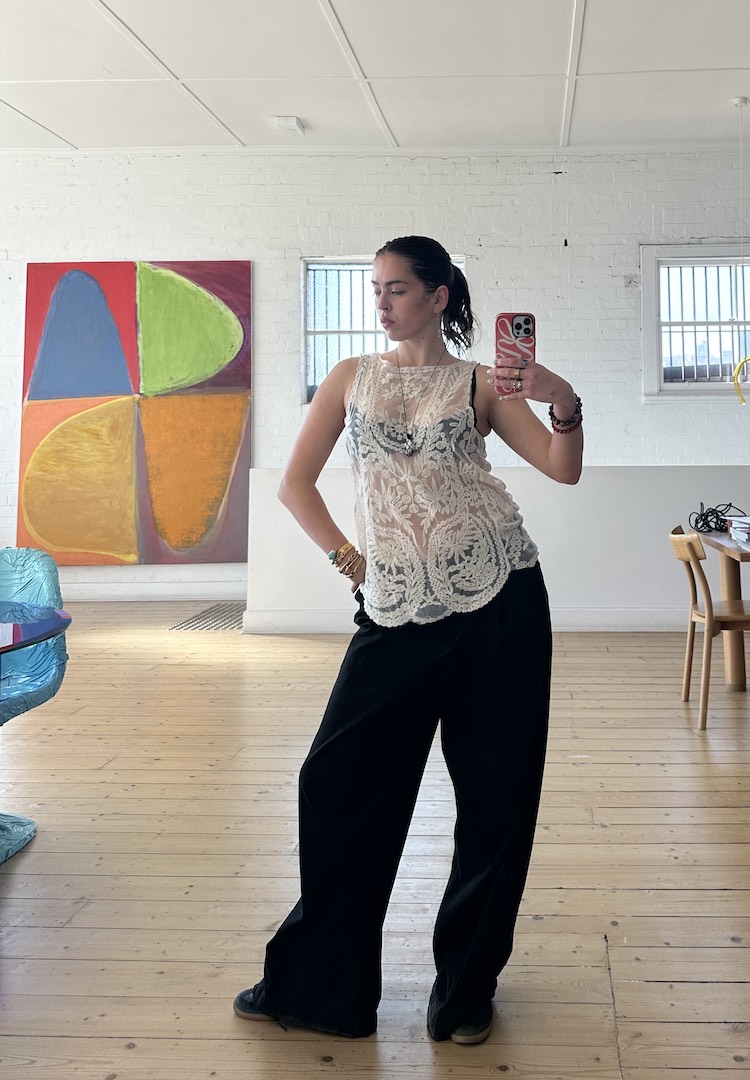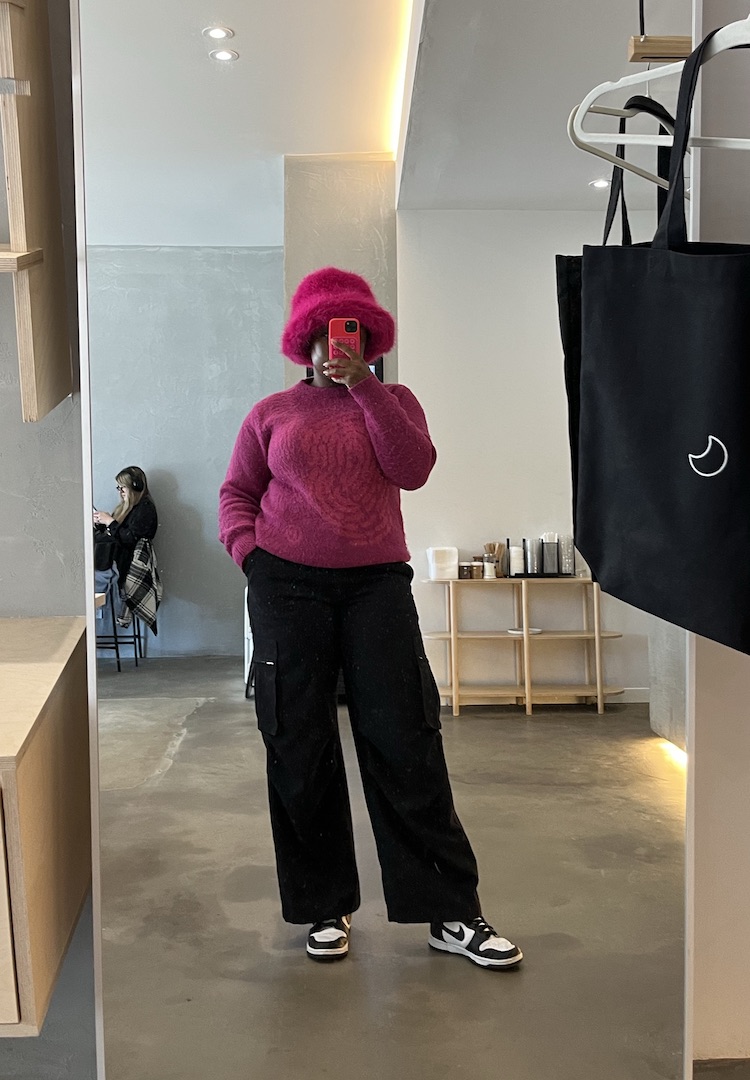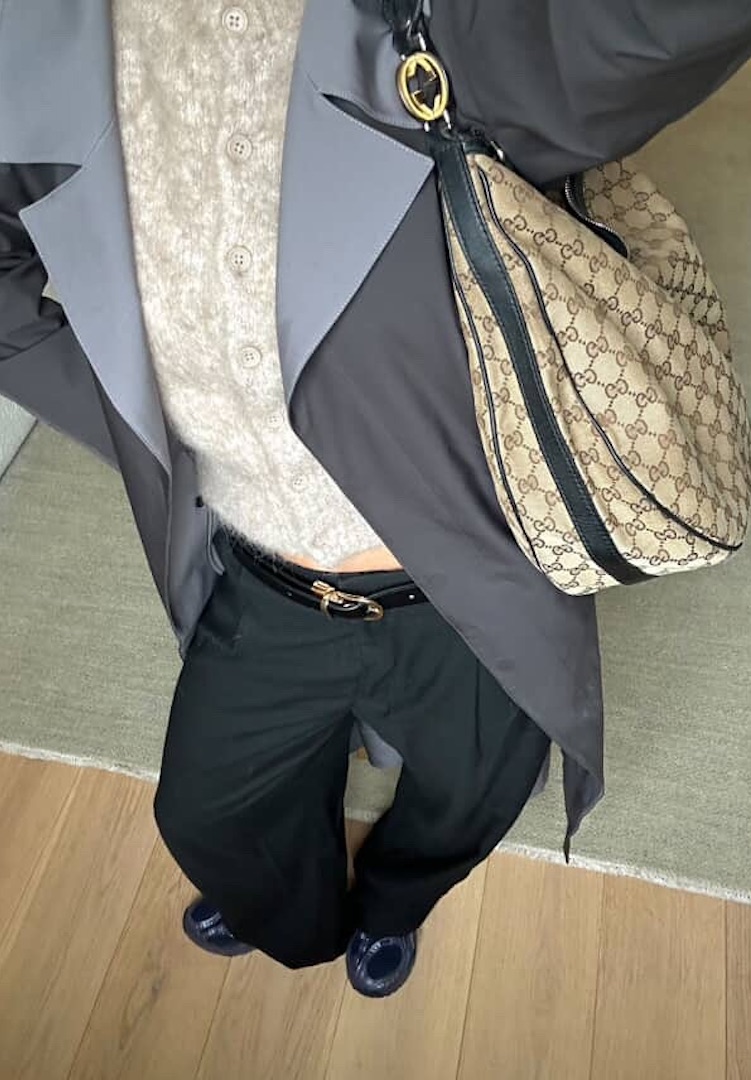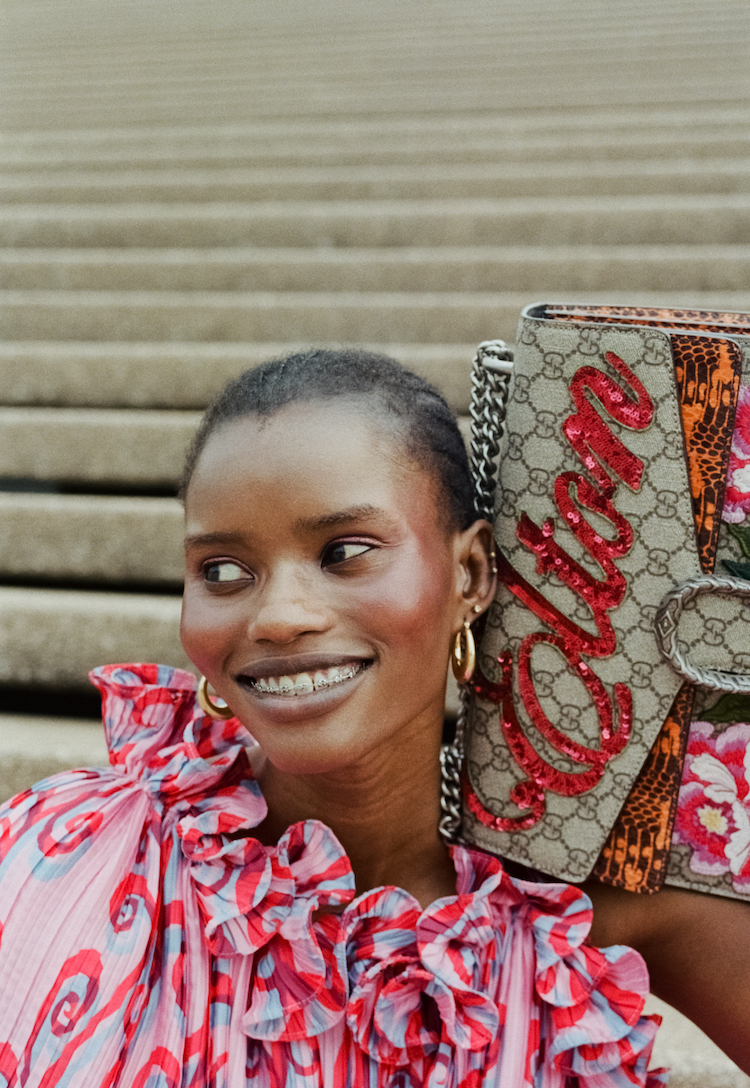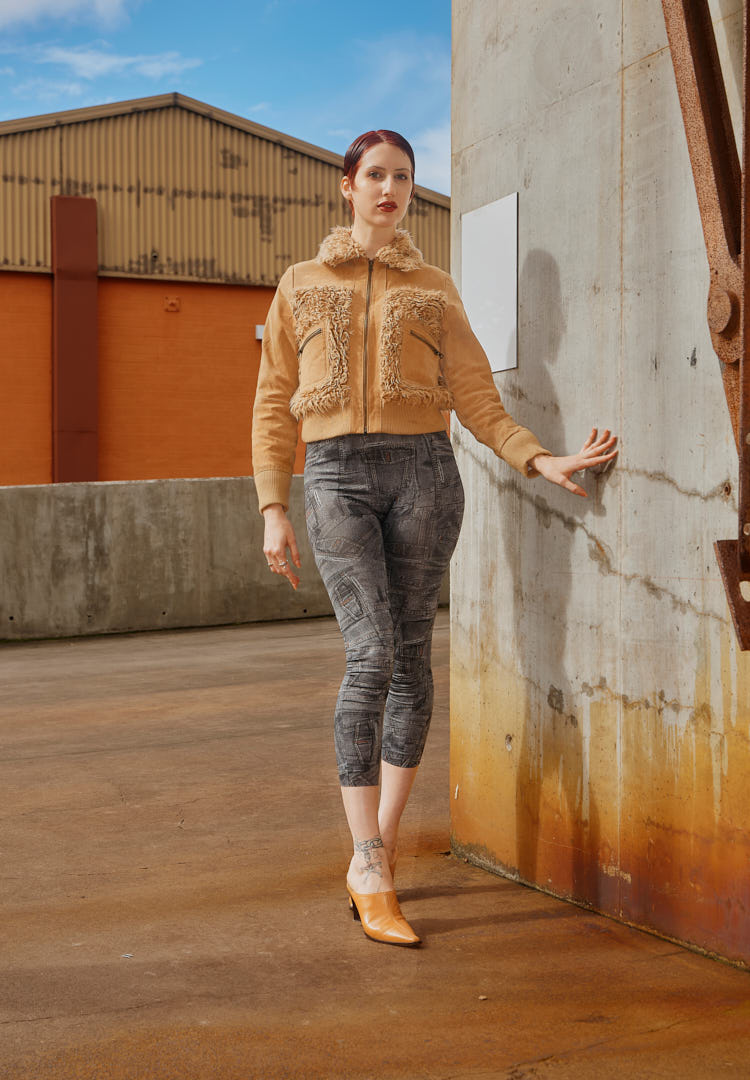Hear Me Out: Instagram vintage sellers are gentrifying op-shopping and it’s a real problem
PHOTOGRAPHY BY JASON HENLEY
WORDS BY GEORGIE KIBEL
The ethics of upcycling.
When I was in high school, my mum bore the brunt of the fees for the netball and basketball teams I played in, school and sports uniforms, the groceries, the bills and the mortgage. Death and taxes are the certainties of life, as the saying goes.
I am not complaining, as I know compared to many I was in a very comfortable situation. But these expenses meant that after everything was paid for there was not much left to spend on other items, like clothes.
A letter sent home informing me of a casual clothes day at school would be enough to bring tears to my eyes, and invitations to social events were received with mixed feelings as I knew I would have to string together an outfit from my own wardrobe.
To stock my chest of drawers, Mum and I would drive to Chelsea and browse the op-shops for hours. There were lucky days where I would discover linen pants in exactly my size or a beautiful dress that couldn’t be bought anywhere else. There were also many days when I would leave disheartened, unable to find a simple plain T-shirt to complement my closet of hand-me-downs and secondhand clothes.
So when an Instagram account appeared on my feed selling items purchased from op-shops, the prices insanely inflated from what Vinnies or Salvos would charge, I felt injustice for my past self who relied on the affordable clothes that these places offered.
Referring to the items that were modelled against a white backdrop as “vintage” and promoting men’s T-shirts and jackets as the latest style, the Instagram account’s comments were filled with eager buyers who stamped “SOLD” in the comments. The account’s owner would earn a small fortune and a happy customer would buy something that had been loved for years beforehand.
Although I was impressed by the ingenuity of it all, my gut reaction was intense disappointment. Buying clothes that are designed for men, such as blazers and jackets, and selling them to the highest bidder online is not something I can get on board with.
Many people rely on the clothes sold in op-shops to provide them with an outfit that could be worn to a job interview or to keep them warm as Melbourne’s cold winters roll in. I knew that whoever purchased a tailored blazer designed for a man over six foot tall from this account would no doubt love and appreciate it, but my conscience is troubled by the ethics of it all.
Would this mean that somewhere a person would not be able to find clothes to wear to work? Would someone without heating miss out on a comfortable tracksuit? Would a younger me leave the op-shop with the sick feeling of having to wear something I owned that was damaged or ill-fitting?
Upon further scrolling of Instagram and taking a peek through similar pages, I found that this account was not alone in the upcycling business. They had competitors, just as fierce and just as expensive, selling items for a similarly hefty price tag.
Who is to blame for this? Firstly, influencers like Emma Chamberlain have made the vintage aesthetic intensely popular amongst young men and women and undoubtedly contributed to its rise in popularity. Secondly, I would argue that the collective shift away from fast fashion and a new focus on ethical purchasing has also ignited the op-shopping phenomenon for younger generations.
While neither the forces of Emma Chamberlain nor environmentalism are evil, I do think that they have caused op-shops to not only become a sensible option for young consumers, but also a very cool option, too.
But the art of thrifting is difficult and takes both time and energy. Many people would prefer to visit an Instagram page where something has already been plucked from the densely packed op-shop racks and modelled with photos from all angles.
The huge increase in demand for secondhand clothing has meant that those with the time and money to fleece op-shops for their best items have filled the gap in the market for ethical, on-trend vintage clothes. While there are no op-shop rules that state you can’t go in and buy hundreds of dollars’ worth of clothes to sell online, I think there is an argument that morally, it shouldn’t be done.
I am fortunate now to be in a much more comfortable position financially but despite this, I know the worth of op-shops and still donate and purchase clothes because it is both sustainable and affordable (I’m financially comfortable but certainly no Gina Rinehart). But I am also conscious that whatever I am purchasing may be needed more by someone like me and Mum all those years ago.
For example, instead of buying a pair of black jeans that have the tags on just because they are a great price and brand new, I leave them. I have jeans. I don’t need to buy another pair. I also try to stay out of the men’s section because there tend to be fewer clothes and I am aware someone might need the items as a necessity rather than for a stylish oversized fit.
The reality is, the gentrification of op-shops tends to disadvantage the most vulnerable in our community. I believe it’s important to be conscious shoppers in every sense – that way, everyone has the opportunity to find an outfit that fits.

